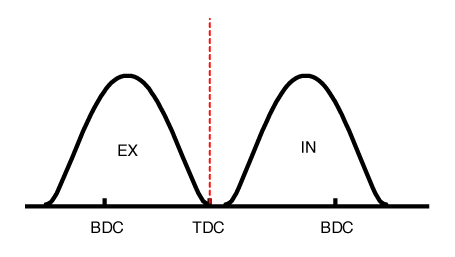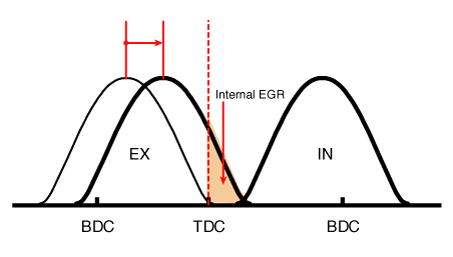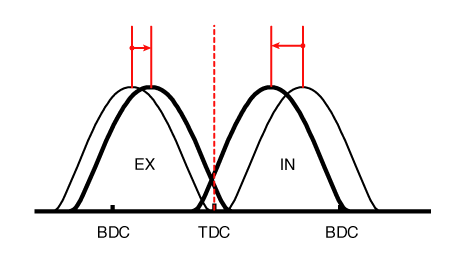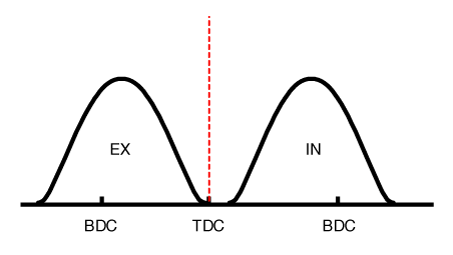 Hyundai Elantra CN7: Exhaust Emission Control System
Hyundai Elantra CN7: Exhaust Emission Control System
Description and operation
| Description |
Exhaust emissions (CO, HC, NOx) are controlled by a combination of engine modifications and the addition of special control components.
Modifications to the combustion chamber, intake manifold, camshaft and ignition system form the basic control system.
These items have been integrated into a highly effective system which controls exhaust emissions while maintaining good drivability and fuel economy.
Air/Fuel Mixture Control System [Multiport Fuel Injection (MFI) System]
The MFI system uses signals from the heated oxygen sensor to activate and control the injector installed in the manifold for each cylinder, thus precisely regulating the air/fuel mixture ratio and reducing emissions.
This in turn allows the engine to produce exhaust gas of the proper composition to permit the use of a three way catalyst. The three way catalyst is designed to convert the three pollutants [hydrocarbons (HC), carbon monoxide (CO), and oxides of nitrogen (NOx)] into harmless substances. There are two operating modes in the MFI system.
| 1. | Open Loop air/fuel ratio is controlled by information programmed into the ECM. |
| 2. | Closed Loop air/fuel ratio is adjusted by the ECM based on information supplied by the oxygen sensor. |
Catalytic Converter
Description and operation
| Description |
The catalytic converter of the gasoline engine is a three way catalyst. It oxidizes carbon monoxide and hydrocarbons (HC), and separates oxygen from the oxides of nitrogen (NOx).
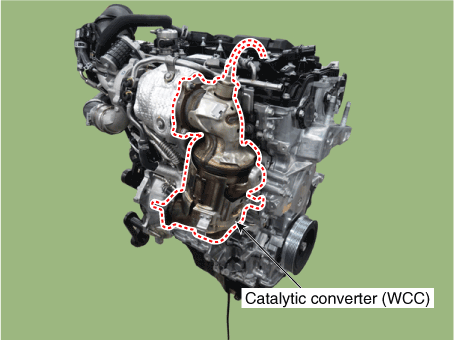
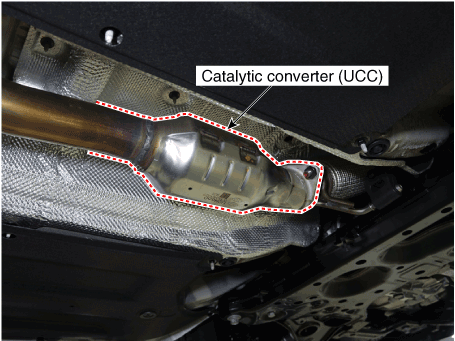
Repair procedures
| Removal |
[Catalytic Converter (WCC)]
| 1. | Remove the exhaust manifold. (Refer to Engine Mechanical System - "Exhaust Manifold") |
[Catalytic Converter (UCC)]
| 1. | Remove the Center Muffler. (Refer to Engine Mechanical System - "Center Muffler") |
| Installation |
| 1. | Install in the reverse order of removal. |
CVVT (Continuous Variable Valve Timing) System
Description and operation
| Description |
Continuous Variable Valve Timing (CVVT) system advances or retards the valve timing of the intake and exhaust valve in accordance with the ECM control signal which is calculated by the engine speed and load.
By controlling CVVT, the valve over-lap or under-lap occurs, which makes better fuel economy and reduces exhaust gases (NOx, HC). CVVT improves engine performance through reduction of pump loss, internal EGR effect, improvement of combustion stability, improvement of volumetric efficiency, and increase of expansion work.
This system consists of:
| – | the CVVT Oil Control Valve (OCV) which supplies the engine oil to the cam phaser or runs out the engine oil from the cam phaser in accordance with the ECM PWM (Pulse With Modulation) control signal, |
| – | and the Cam Phaser which varies the cam phase by using the hydraulic force of the engine oil. |
The engine oil released from the CVVT oil control valve varies the cam phase in the direction (Intake Advance/Exhaust Retard) or in the opposite direction (Intake Retard/Exhaust Advance) of the engine rotation by rotating the rotor connected to the camshaft inside the cam phaser.
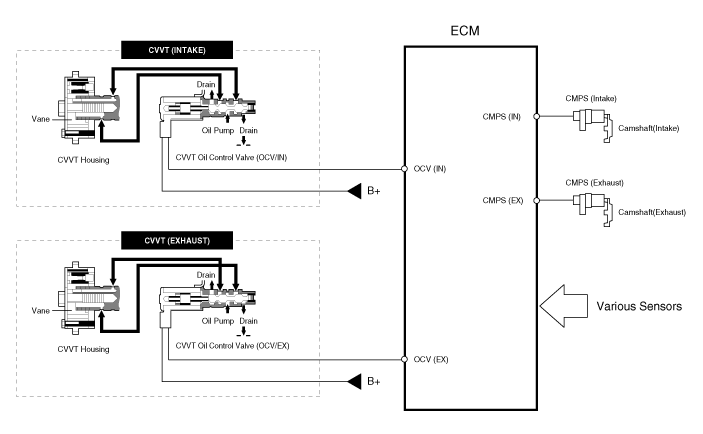
| Operation Principle |
The CVVT has the mechanism of rotating the rotor vane with hydraulic force generated by the engine oil supplied to the advance or retard chamber in accordance with the CVVT oil control valve control.
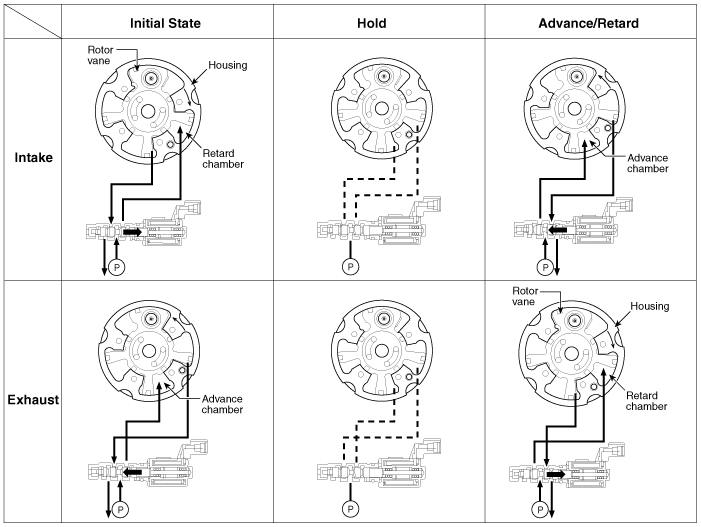
[CVVT System Mode]
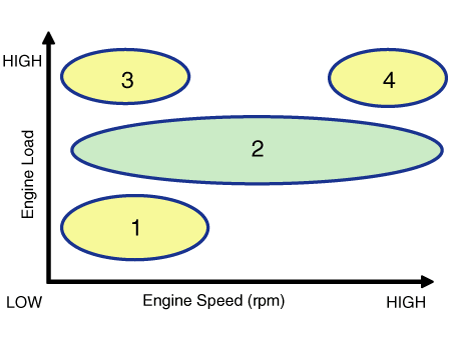
| (1) Low Speed / Low Load | (2) Partial Load |
|
|
| (3) Low Speed / High Load | (4) High Speed / High Load |
|
|
|
Driving Condition
|
Exhaust Valve
|
Intake Valve
| ||
|
Valve Timing
|
Effect
|
Valve Timing
|
Effect
| |
| (1) Low Speed /Low Load | Completely Advance | * Valve Under-lap * Improvement of combustion stability | Completely Retard | * Valve Under-lap * Improvement of combustion stability |
| (2) Part Load | Retard | * Increase of expansion work * Reduction of pumping loss * Reduction of HC | Retard | * Reduction of pumping loss |
| (3) Low Speed /High Load | Retard | * Increase of expansion work | Advance | * Prevention of intake back flow (Improvement of volumetric efficiency) |
| (4) High Speed /High Load | Advance | * Reduction of pumping loss | Retard | * Improvement of volumetric efficiency |

